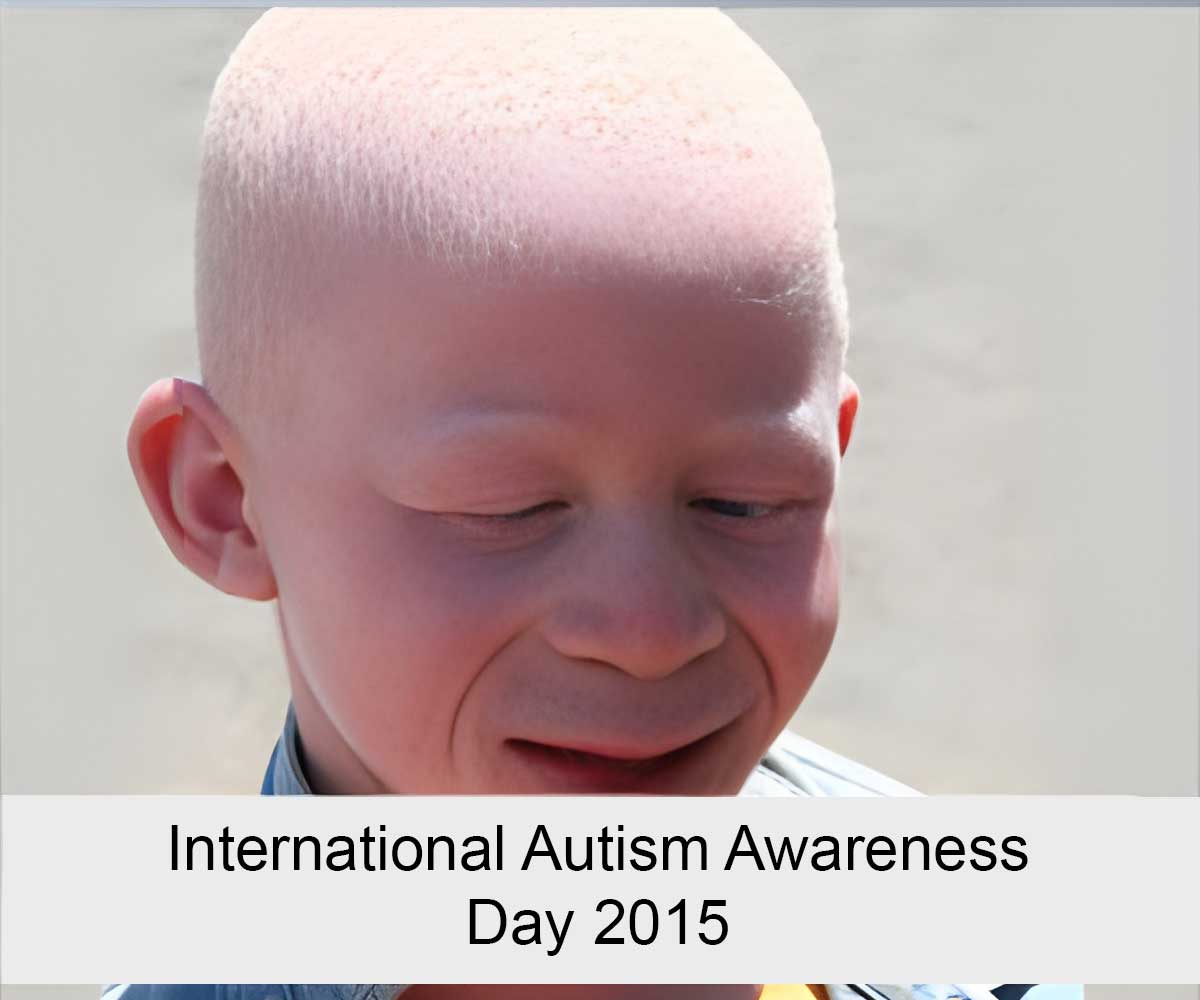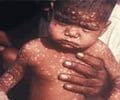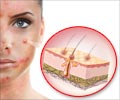Learn what is albinism, genetics behind it, types, causes, symptoms and treatment for albinism.

What is World Albinism Day?
To mark the occasion of Albinism, United Nations has declared June 13 of every year as, “International Albinism Awareness Day”. This will be in effect from 2015 and would be observed on this day hereafter every year. The United Nations aims to increase awareness and initiatives that can be taken to promote and protect the human rights of persons with albinism. In addition, understanding of albinism would help to close the gap between those untreated and treated.Who is affected?
As per estimates, about one in every 17,000 people has some kind of albinism. In India alone there are 70,000 people suffering from albinism. The condition can affect both sexes equally, however one type known as ocular albinism (affecting eyes) is more pronounced in males than females. Albinism can affect people from all races.Genetics of Albinism
Albinism is an inherited genetic condition. Many forms of albinism are recessive, which means that child inherits one abnormal gene from each parent. Children who have albinism are born to parents having normal pigmentation. These parents are the 1 in 75 people who are carriers of albinism. As the parents themselves do not have albinism, but they are still able to pass abnormal gene to their child and such type of inheritance is called autosomal recessive. If two people are carriers of the albinism gene, odds increase by 1 in 4 that the child will have albinism and 1 in 2 chance that the child will not have albinism but will be a carrier and 1 in 4 chance that the child will neither be a carrier nor have albinism. This can be simply explained by DNA (a molecule that carries genetic information) in the albinism gene does not contain instructions for body to create enough pigment that is much needed to carry out various functions including vision.Types of Albinism
1. Ocular Albinism (OA): affects only eyes and not skin or hair. This results from X-linked chromosomal inheritance and therefore occurs mainly in boys.2. Oculocutaneous Albinism (OCA): affects eyes, hair and skin. OCA includes different forms.
- OCA1: involves tyrosinase enzyme that converts amino acid tyrosine into melanin (chemical responsible for colour of skin, eyes and hair). OCA1 is further classified into two groups OCA1a and OCA1b.
- OCA1a: people with this type of albinism have no pigment and no active tyrosinase.
- OCA1b: people with this type of albinism have some residual tyrosinase activity and hence have some pigment. Decreased pigmentation is observed at birth, but may increase slightly throughout their lived. People under this group also have the ability to sun tan.
- OCA2: affects p-protein, another protein involved in melanin production. This form is much more common in sub-Saharan Africans, African-Americans and Native Americans. People in this group typically do not tan as they have some pigment. Typical characteristics in people of this group are having yellow, auburn, ginger or red hairs, eyes can be blue-gray or tan, skin is white at birth.
- OCA3: mainly found in black South Africans, have reddish-brown skin, ginger or reddish hair, hazel or brown eyes.
- OCA4: is clinically indistinguishable from OCA2 and involves SLC45A2 gene, responsible for production of another protein involved in melanin formation. This type is found in people of East Asian descent.
4. Chediak-Higashi syndrome: rare form of albinism associated with mutation in LYST gene. People in this group have abnormality in certain types of white blood cells, thereby lowering of resistance to infection. Signs and symptoms are same as in oculocutaneous albinism, however hair is usually brown or blond with silvery sheen, skin is creamy white to greyish.
5. Griscelli Syndrome: a very rare type of albinism, only 60 known cases are available worldwide. Similar to Chediak-Higashi Syndrome, there is deficiency in immune system and is associated with neurological problems.
Cause of Albinism
Mutation in one of several genes is primary cause for albinism. These genes provide an instruction that is useful in making one of several proteins involved in melanin production. Melanin is produced by cells called as melanocytes, found in skin and eyes. If mutation occurs then there is no melanin produced at all or significant decline in amount of melanin. In some types of albinism, two copies of mutated gene are inherited - one from each parent, for albinism to occur. This is called recessive inheritance.Symptoms of Albinism
Lack of the pigment melanin mainly affects colour of hair, skin and eyes.Skin: People having albinism have very pale skin and will usually not tan or burn easily in the sun. In some people, skin pigmentation does not change at all and for some people, melanin production may begin or rise during childhood and teen years, resulting in minor changes in pigmentation.
Hair: Exact colour of the hair depends on melanin the body produces. For some people having albinism hair is white or very light blonde. Some people have brown or ginger hair. In case of Africans or Asians colour of the hair is yellow, reddish or brown. Hair colour may also get darkened during early childhood.
- Poor Eyesight: either short sightedness (myopia) or long sightedness (hyperopia), and low vision.
- Astigmatism: Distortion of a viewed image.
- Photophobia: Eye is sensitive to light.
- Nystagmus: involuntary, irregular and rapid movement of the eye.
- Squint: Eyes point in different directions.
- Strabismus: wandering eyes.
Treatment for Albinism
As albinism is a genetic disorder, there is little scope for treatment. Proper monitoring of eye and skin for any signs of abnormalities is especially important.For eyes, if myopia, hyperopia and astigmatism, use of glasses or contact lenses may correct the problem leading to improved vision. Regular eye test would also be required to check prescription of eye glasses and contact lenses. Although surgery is rarely required part for treatment of albinism, ophthalmologist may recommend surgery on optical muscles to minimise Nystagmus. In case of Strabismus, surgery may make the condition less visible, however won't improve vision.
Source-Medindia











